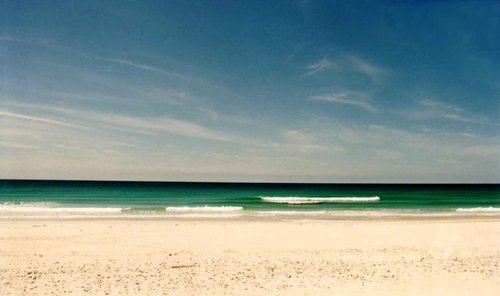#Isle of Barra
Explore tagged Tumblr posts
Photo

Pink sunset | Tangasdale, Isle of Barra, Outer Hebrides, Scotland © Spumador
609 notes
·
View notes
Photo

"Barra: Kisimul Castle" by Kasia-D
104 notes
·
View notes
Text
Ocean View

The Atlantic Ocean from the Isle of Barra, Scotland.
This is the reference photo I’ve chosen for my next drawing. It was taken on a camping trip and our tent was pitched just behind the dunes which reached down to this beach.
#scotland photography#analogue photography#scotland#scottish islands#isle of barra#outer hebrides#seascape#sky#ocean#sea#atlantic ocean#beach
26 notes
·
View notes
Photo

ROLLING IN WHITE. Allasdale Bay. Barra Island. Scotland.
http://francescapozzi.tumblr.com/
23 notes
·
View notes
Photo




Eoligarry sunset. Isle of Barra
17 notes
·
View notes
Text
Things to do on the Isle of Barra
My Isleathon visit to Barra (more…)
View On WordPress
16 notes
·
View notes
Photo

"Barra - Shops & Castle" by Larry Davis
60 notes
·
View notes
Photo





Allt Easdal, on the southern slopes of Bentangaval. Eilean Bharraigh, Scotland.
People have lived in this now deserted valley for about 5.600 years. The excavation showed evidence of human occupation in Neolithic, Iron Age and 18th/19th century AD. It's still possible to see the remains of a neolithic work platform (4000 BC) made by forming a retaining wall and then levelling a space with lots of small rocks. About 80 metres from the platform, but high above it, there are two circular stone structures. In the larger structure an almost complete pottery beaker dating the occupation to around 2500 BC. Less than 100 metres from these structures lie the remains of an Iron Age wheelhouse built around the first century BC or AD. Close to the neolithic platform there are the remains of a late eighteenth century blackhouse built on the platform with a byre and a drying house beside it.
#isle of barra#outer hebrides#roundhouse#hiking metal punx#hiking metal punks#scotland#own#highlands#neolithic#western isles#sheep#alba#allt easdal#bentangaval
16 notes
·
View notes
Photo

Isle of Barra by allhails on Flickr
25 notes
·
View notes
Photo

Castle of the Day
Kisimul Castle, Barra
Kisimul Castle dominates Castlebay on the Isle of Barra and is completely surrounded by water, making it as strong as strongholds get – at least until it was abandoned in 1838 with some of its impenetrable stone ending up in Glasgow’s roads. Today it is owned by the chief of Clan McNeil and leased to Historic Scotland for the princely sum of £1 a year plus a bottle of whisky. And that’s how they do business in Scotland! The castle’s well defended location is probably more down to the meaning of it’s Gaelic name than fear of attack from enemies (the word “Kisimul”translates to: “The place where taxes are paid”).
15 notes
·
View notes
Photo

Eilean Bharraigh, one of the many lochs on the island.
#own#scotland#isle of barra#western isles#Outer Hebrides#loch#Hiking Metal Punx#scottish scenery#agrimonia#runes#seaweed#hiking metal punks
11 notes
·
View notes
Text
Kisimul Castle view.

Kisimul Castle from Castlebay on the Isle of Barra, Scotland.
This bland, poorly composed and low resolution photo is the reference image for my next drawing. It may not look much but it’s inspired me to create a dark and moody painting.
#scotland#scotland photography#analogue photography#scottish castle#isle of barra#kisimul castle#castle#scottish islands#outer hebrides#art inspiration#landscape photography#scottish landscape
4 notes
·
View notes
Photo

West coast on the Isle of Barra in the Hebrides, Scotland
FOLLOW ME for more OCEANIA, NORDIC, TROPICAL & AROUND THE WORLD
4 notes
·
View notes
Photo

Castlebay 2007 on Flickr.
4 notes
·
View notes